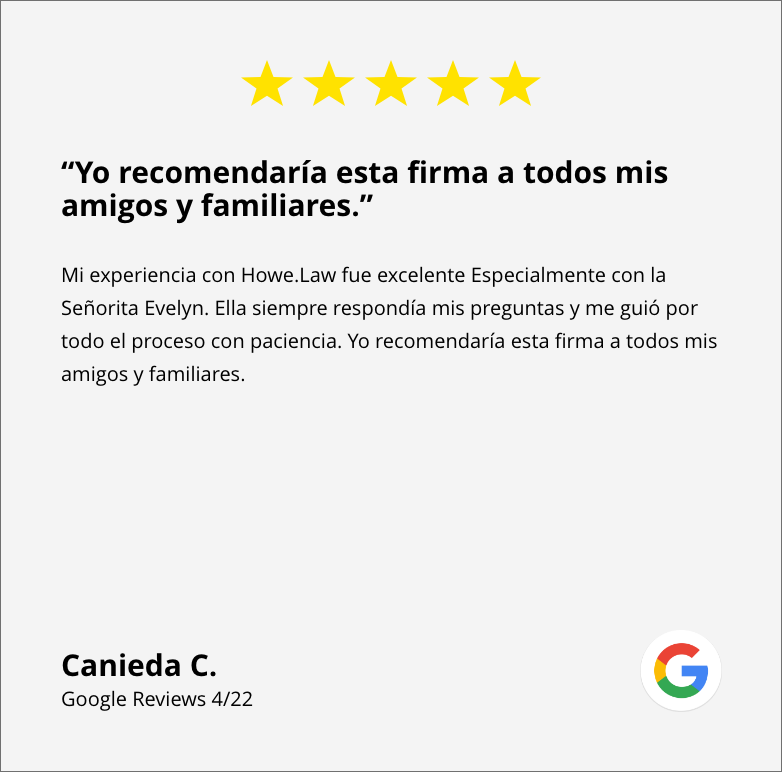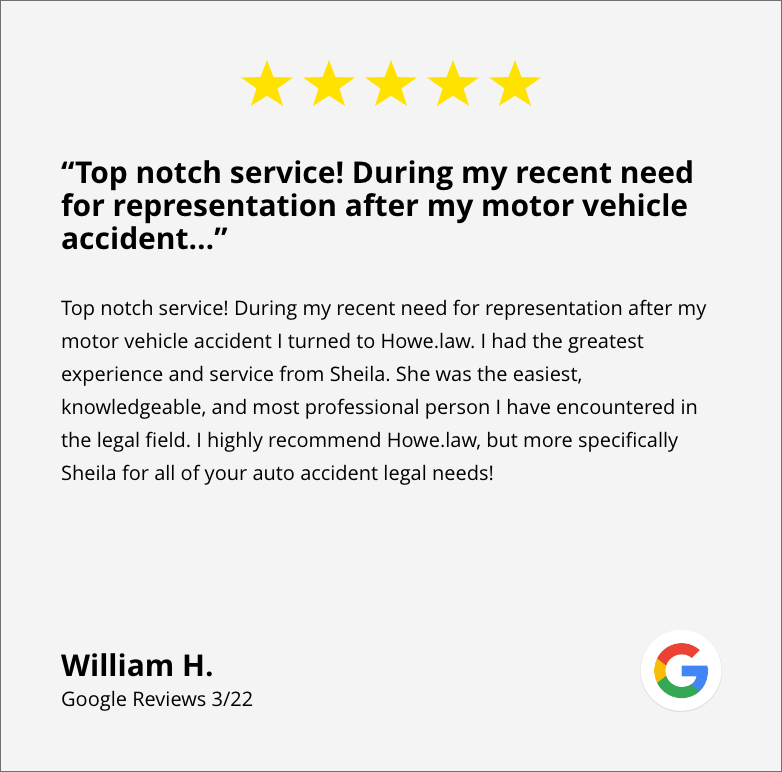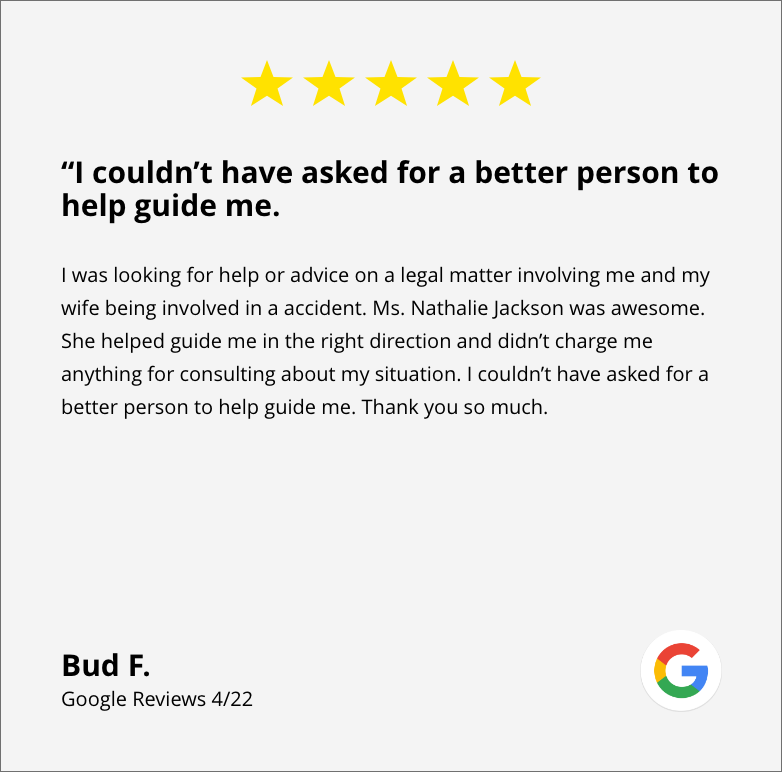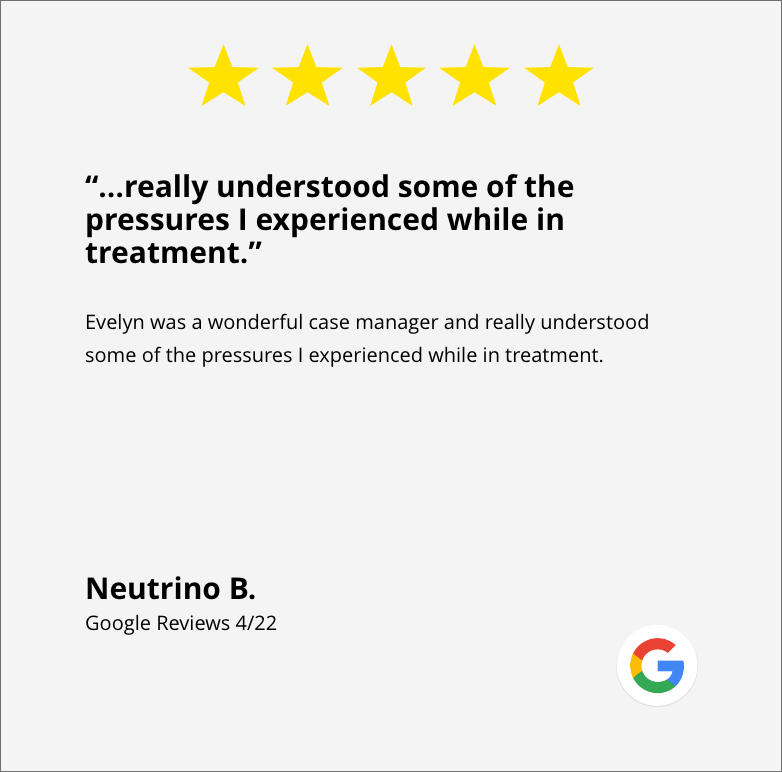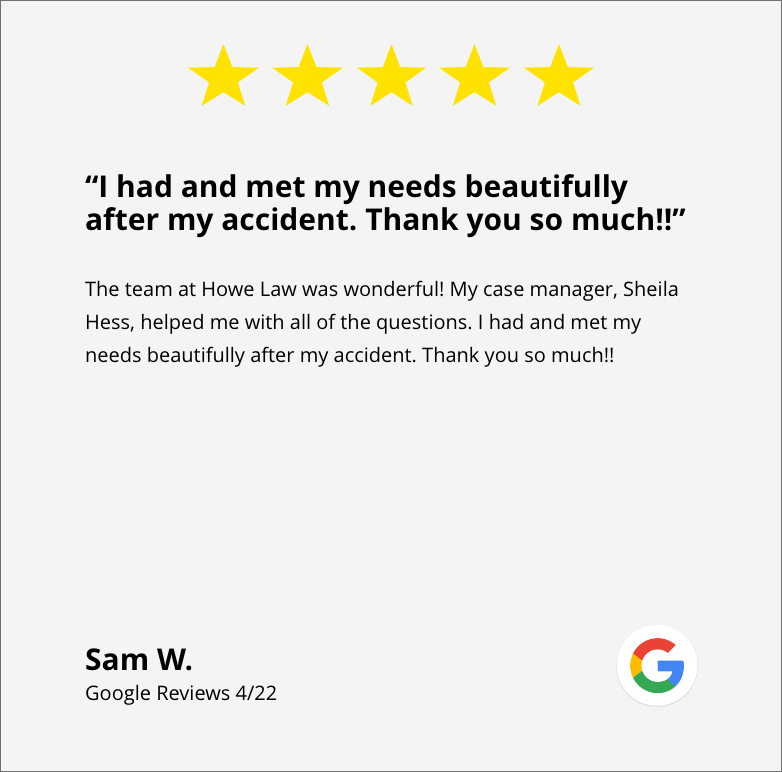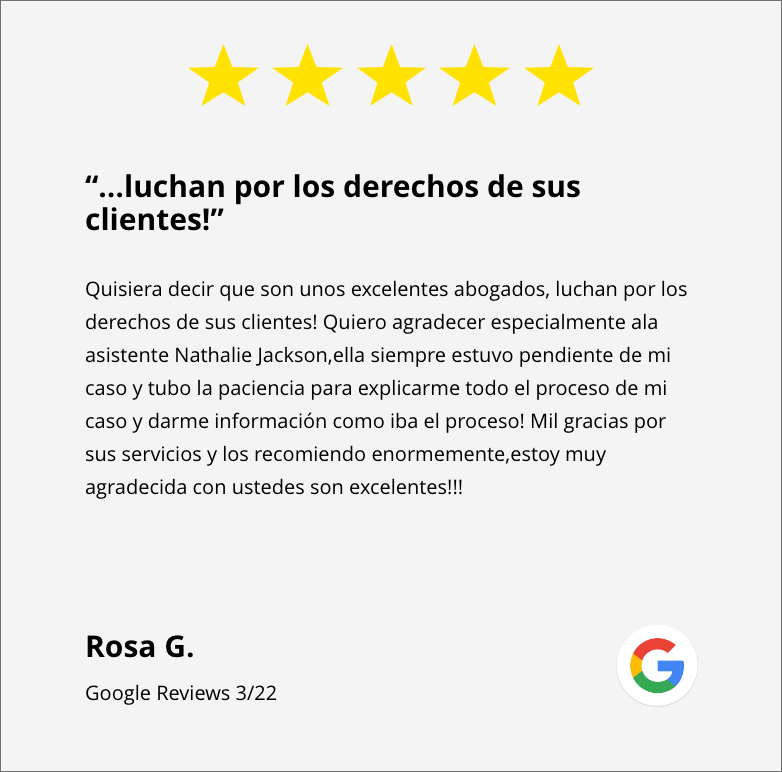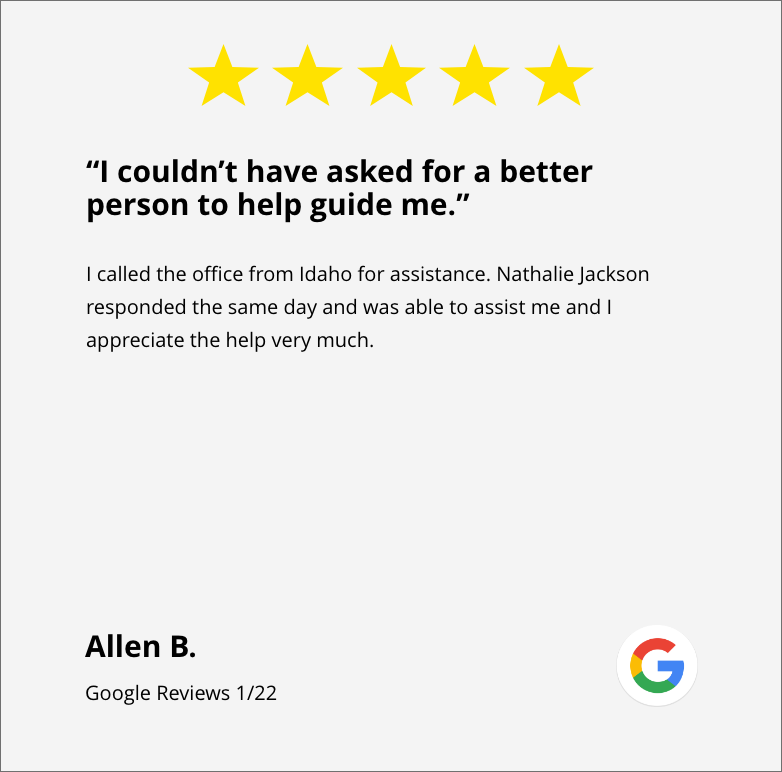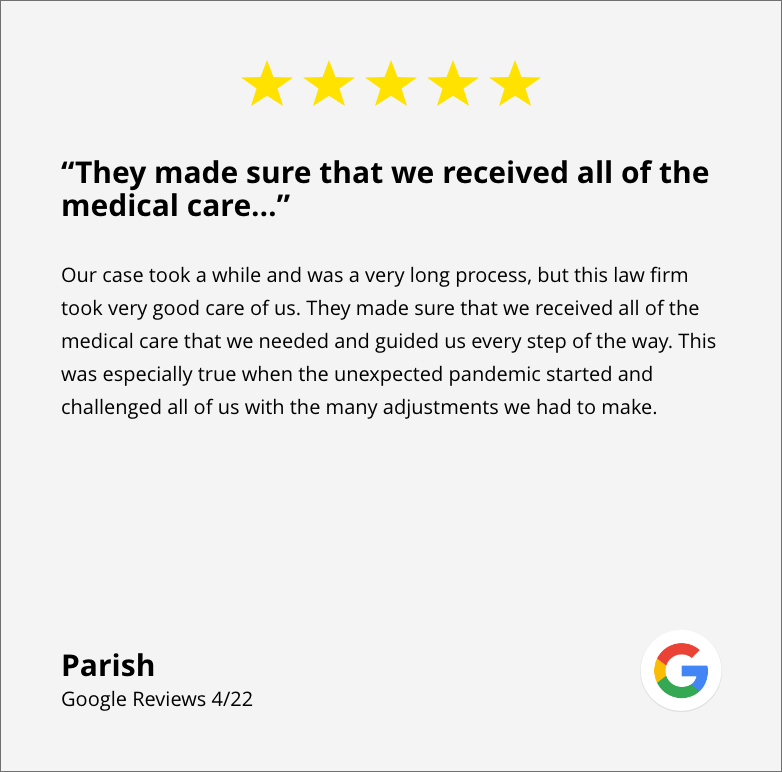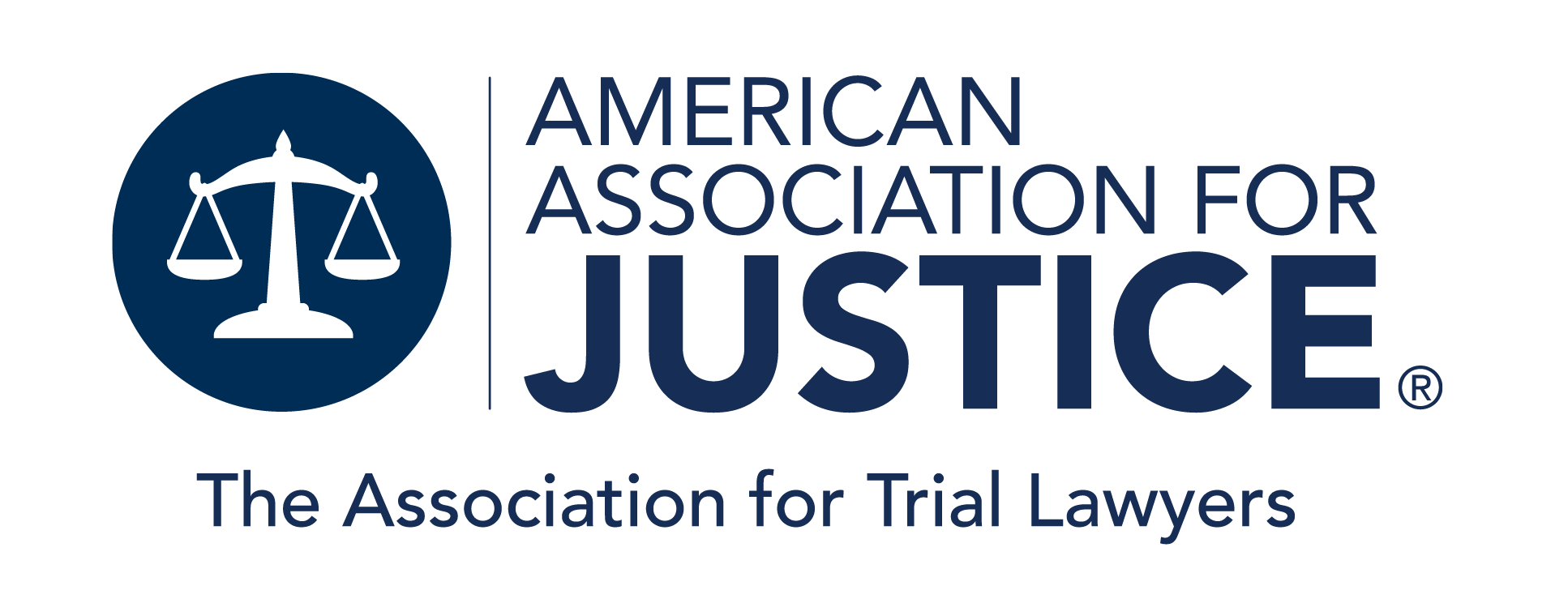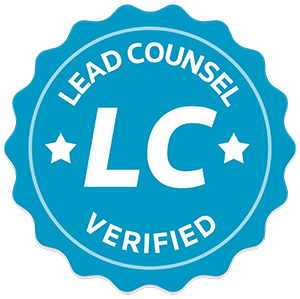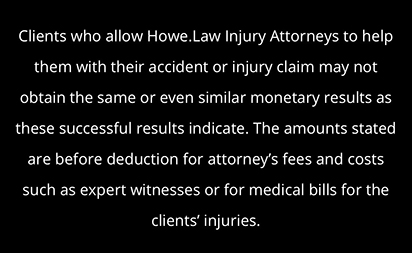While many injuries happen as everyday occurrences that require no action beyond the application of a band-aid, other injuries are very serious and require immediate medical care. These injuries often require surgery, medication, or long-term physical therapy for people to fully recover. Worse still, serious injuries can be someone else’s fault. When you are injured because someone else was careless, you might feel the need to take action.
If you got injured because someone else was negligent, we can help. Our attorneys will make sure you sue the right parties and provide competent, professional representation for you and your case every step of the way.
Call (844) 876-4357 to have Howe Law’s personal injury lawyers review your case for free.
The Statute of Limitations for Personal Injury Lawsuits in Peachtree Corners, GA
It is important that you file a car accident lawsuit as soon as possible. There is a law in place called the statute of limitations that sets how long plaintiffs have to file a lawsuit. In Georgia, the statute of limitations for personal injury lawsuits is two years per O.C.G.A. § 9-3-33. After two years, courts will not hear your case, and you will not be able to recover any damages for your injuries.
There are very few exceptions to the statute of limitations. For example, if you are under 18 years old when you get injured, the two-year timer does not start until you turn 18.
Statutes of limitation exist primarily for two reasons. First, it helps to make sure that the facts of a case are fresh in the minds of all people involved and less likely to be distorted by the passage of time. Second, it allows all parties to move on with their lives after a certain point without the looming specter of a lawsuit hanging over their heads.
Two years may seem like a long time, but the reality is that recovering from injuries and dealing with other things after a car accident can take up a lot of that time, so you have less time to speak with our personal injury lawyers and file your claim than you may otherwise think.
Negligence in Peachtree Corners, GA Personal Injury Lawsuits
To successfully sue someone in a car accident lawsuit, you need to prove that they were negligent. To prove negligence in court, you need to establish four parts, called “elements,” of negligence. These elements are called duty, breach, causation, and injury. While all of the elements of negligence are linked, there are certain distinct things required to prove each one. We will go into an overview of each element needed to prove negligence below.
Duty
In law, a “duty” is something one person or entity owes another. A common duty is the “duty of care.” Essentially, this means that people are meant to exercise the care and caution toward one another expected of an ordinary, reasonable person. For example, a reasonable driver would keep their eyes on the road because attentiveness is something expected of drivers to make sure nobody gets hurt on the road.
However, it should be noted that the “reasonable person” standard is higher than what people may actually act like in reality. For example, many responsible drivers will, on occasion, go slightly over the speed limit or accidentally run a red light. The “reasonable person” that is the standard people are held to in court would never speed or drive dangerously under any circumstances. There are also duties put in place by law, such as a duty to drive under the speed limit.
Breach
Breach simply means that the defendant did not uphold their duty to you. Returning to our hypothetical motorist, they would breach their duty of care by speeding, running a red light, or driving dangerously so as to put other drivers in peril.
Causation
Causation is frequently the element that defendants like to fight over in court. One of the important things you need to prove in order to recover damages is that the defendant caused your injuries. After all, if the defendant did not injure you, there is no reason for them to pay you damages.
You need to prove not only that the defendant was the actual cause of your injuries but also that they were the “proximate cause” of your injuries. Proximate cause means a cause that is sufficiently related to your accident to incur liability. The proximate cause “cuts off” other remote causes from blame for your injuries. For example, if you slip and fall in a grocery store, that spill might have been caused by a leaking refrigerator that the store knew about but did not repair. That spill would not have occurred if that store never bought that fridge or if the designer of the fridge did not design it, but those causes are too remote. Instead, the lack of proper clean up and warnings around the spill is the proximate cause.
Injury
The last element you need to prove in a negligence case is injury. You simply need to establish that you were actually injured by the defendant’s conduct. After all, if you did not get injured, there is no reason to take the defendant to court. “Injury” does not necessarily mean physical maladies like broken bones or bruises. “Injury” can also apply to emotional distress or “mental anguish,” a common example of which is Post-Traumatic Stress Disorder (PTSD).
Generally, injury is fairly simple to prove in court. You can demonstrate that you were injured through photographic evidence, medical records, or testimony from you or someone who witnessed the accident and saw your injuries.
Talk to Our Peachtree Corners, GA Personal Injury Lawyers
To get a free initial case review, call our personal injury lawyers from Howe Law at (844) 876-4357.


